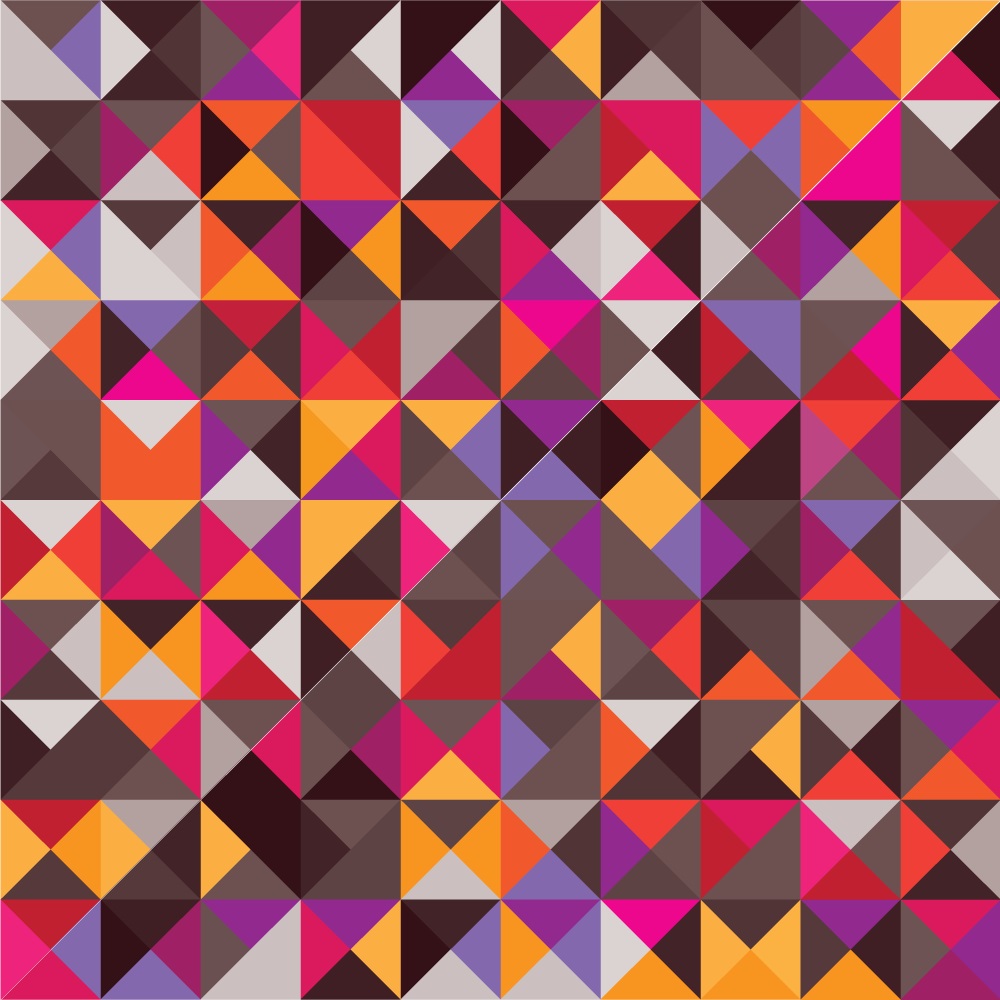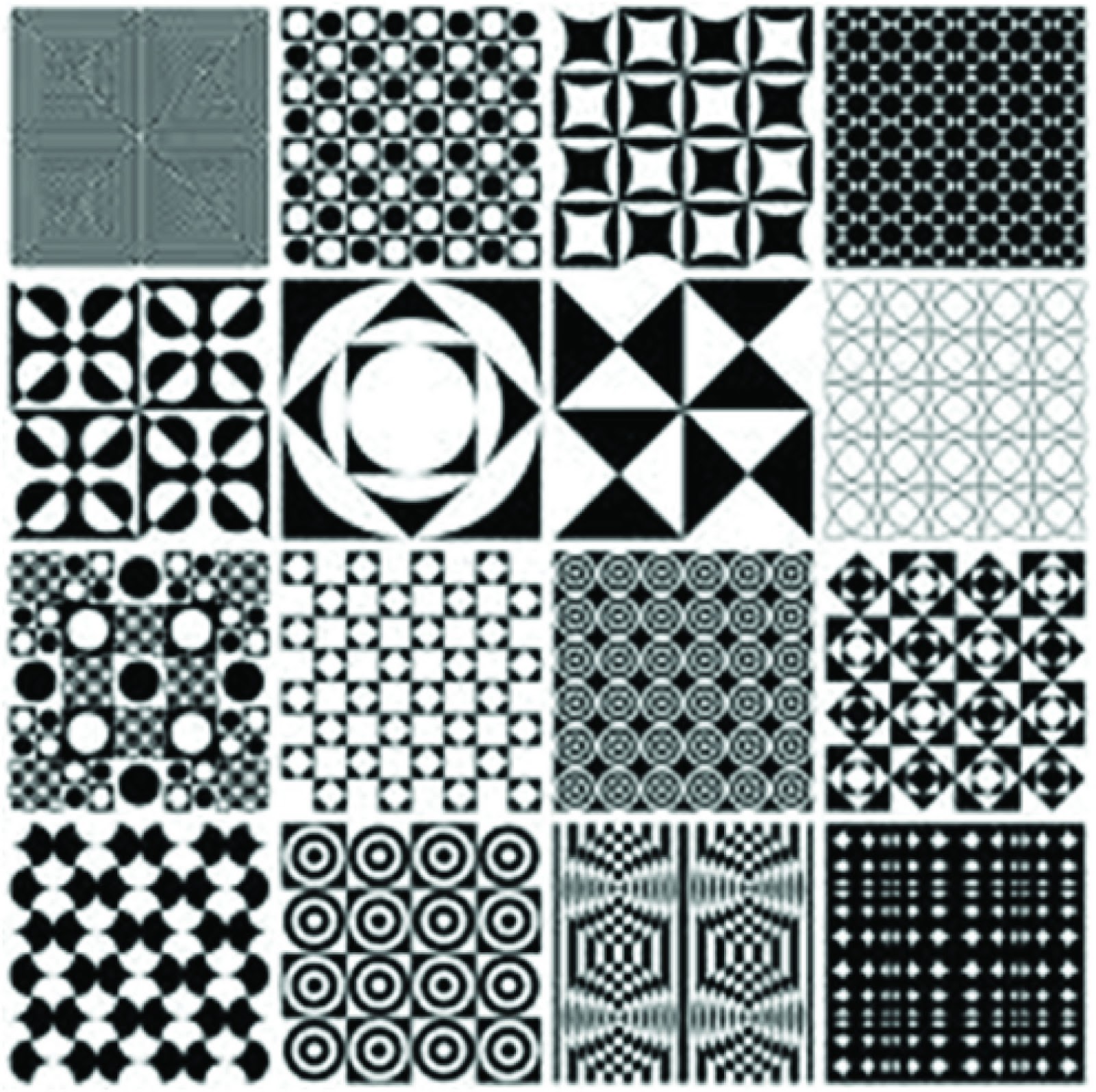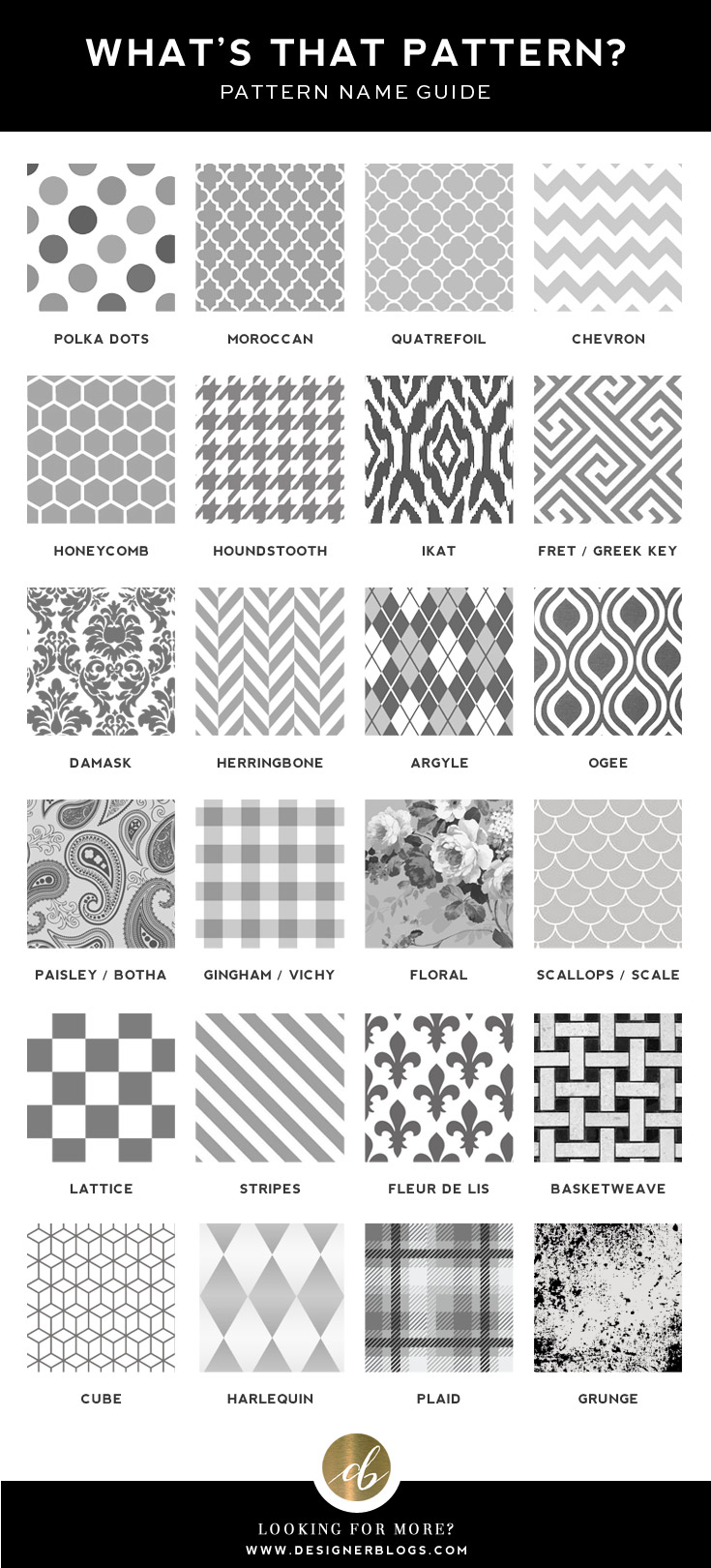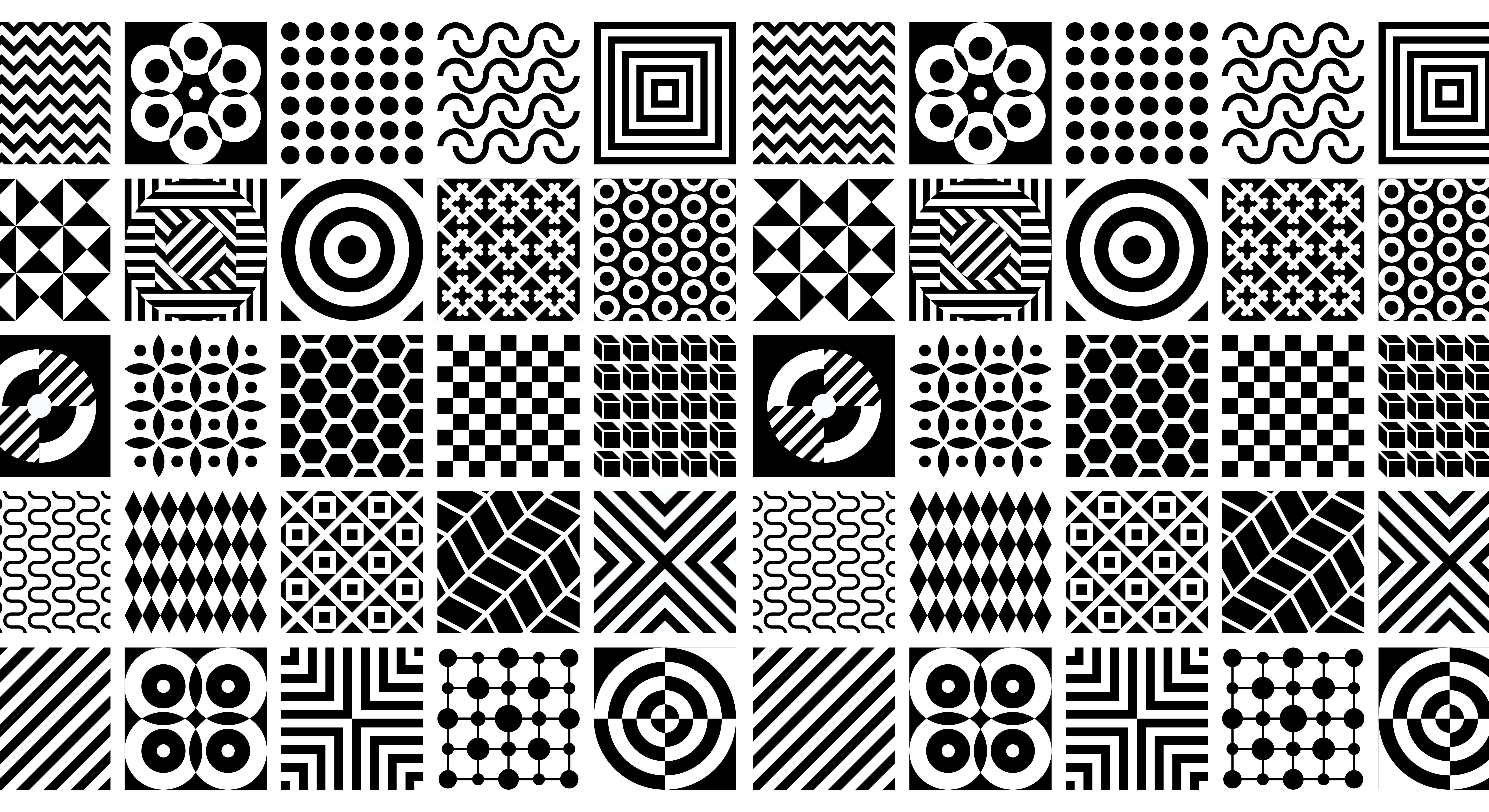
seamless pattern with Different color vector for 5 SEOClerks
Types of design patterns. There are about 26 Patterns currently discovered (I hardly think I will do them all…). These 26 can be classified into 3 types: 1. Creational: These patterns are designed for class instantiation. They can be either class-creation patterns or object-creational patterns. 2.

Seamless Pattern Vector Art Getty Images
From kids to adults, drawing patterns can be meditative, fun and easy to do. Get inspired by the 60+ different patterns I cover in this post along with the best supplies to use for drawing patterns. How to Draw Patterns. Patterns don't always need to be complex designs. It's easy to turn basic shapes and lines into great textures and patterns.

Profusion Art LESSON 2
Draping. Draping (as mentioned above) is a 3D technique of making patterns. By placing fabric directly on the human body of dress form, it is possible to create a garment with different fabrics to achieve different effects, by manipulating the fabric into position. Draping differs from pattern making because it is a more creative three.

Textile DesignIdea Different Type of Textile Design Patterns
Some of the creational design patterns are - Abstract Factory, Builder, Factory Method, Object Pool, Prototype, and Singleton. Abstract Factory: Instantiates various families of classes. Builder: Separates the object construction from it's representations. Factory Method: Instantiates different derived classes.

Background Patterns Guide Online Free courses Central
Argyle: a geometric knitting pattern of varicolored diamonds in solid and outline shapes on a single background color. Argyle is a branch of the Scottish clan of Campbell, from whose tartan the design was adapted in 1899! Ogee: an onion-shaped motif. An arch formed by two S-shaped curves meeting at a point (partly concave and partly convex).

Pin by Trang Nguyễn on Hello english Clothing fabric patterns, Textile pattern design fashion
This design by Silvio Ketterer uses a sharp, linear, geometric pattern and subtle gradient-like patterns to create a professional and stunning design. Subtle and sleek, combining a gradient-like palette and linear shapes is a fantastic way to bring geometric patterning into a more corporate design. 07.

30 best fabric pattern names images on Pinterest Fabric patterns, Pattern names and Patterns
A composite repeat pattern uses two or more patterns of different types that repeat. Contour pattern. A countour pattern is a pattern that outlines the highlights of shapes or figures.. A counterchange pattern is a pattern with motif and background reversed in another part of the design. Damask pattern. The damask pattern is a classic print.

pattern names and descriptions Google Search Pattern, Mandala design pattern, Textile
By rotating the design, these shapes look less like Ys and give the pattern a different effect. 5. Black-and-White Lines. A simple black-and-white geometric design by Peter Bone. By repeating and mirroring a simple square block containing thick black-and-white lines, a mesmerizing effect is created. 6.

Glossary of Design Terminology 27 Patterns Reality Daydream Fabric patterns, Crafts, Sewing
Via Jamie P. Smail. The easiest way to create a pattern is by placing graphic elements in a repetitive, evenly spaced pattern. That's what we call a geometric pattern—referring to the geometric shape of the grid, not the symbols used in the pattern. Imagine the composition of a geometric pattern like a grid.

procedural art What is this kind of pattern called and how is it created? Graphic Design
Check out our ebook on design patterns and principles. It's available in PDF/ePUB/MOBI formats and includes the archive with code examples in Java, C#, C++, PHP, Python, Ruby, Go, Swift, & TypeScript. What's a design pattern? Why should I learn patterns? Design Patterns are typical solutions to commonly occurring problems in software design.

30+ Best Line Patterns & Textures Design Shack
Design Patterns in Python introduces a powerful and essential concept in software development - design patterns. These patterns offer time-tested solutions to recurring design problems, providing a structured and efficient approach to building robust, scalable, and maintainable software systems in Python. Factory Method Design Pattern in Python.

The Complete Guide to Fabric Patterns, Prints and Types Wayfair.co.uk
Colors can evoke different feelings and ideas, simply be decorative, or transcend the boundaries of the figurative.. was inspired by a Medieval art style and often created organic and natural designs that depicted beautiful decorative patterns. For example, his wallpaper designs like the Larkspur Wallpaper (1874), Acanthus Wallpaper (1875),.

Pattern Names Learn your Prints! Textile pattern design fashion, Textile pattern design
Die cutting patterns. Typography patterns. Pixelated patterns. Traditional (folk) patterns. 1. Geometric patterns. Credit: UrbanArts. Geometric patterns use various shapes and combine them in a repeated and cohesive way. The most common shapes we will see in geometric patterns are triangles, rectangles, hexagons, circles, and rhombuses.

50 stunning geometric patterns in graphic design
Triangles: Stability, Energy, and Aggression. Rhombus: Vibrant and Contemporary. Hexagon: Unity and Balance. Combining these shapes in different ways can create entirely new meanings. For example, creating something out of rectangles and triangles could emphasize a call to return to tradition.

A visual glossary of patterns
A harlequin pattern is basically a checked pattern, but with diamonds instead of squares. Often, there's a small dot where the points of the diamonds meet. Harlequin can be very colorful, or a simple design of white plus another color. It's a fun pattern for a contemporary, glam, eclectic, or Parisian room. 16 of 30.

34+ Paisley Pattern Designs Pattern Designs Design Trends
Advantages of Creational Design Patterns. Flexibility and Adaptability: Creational patterns make it easier to introduce new types of objects or change the way objects are created without modifying existing client code. This enhances the system's flexibility and adaptability to change. Reusability: By providing a standardized way to create.